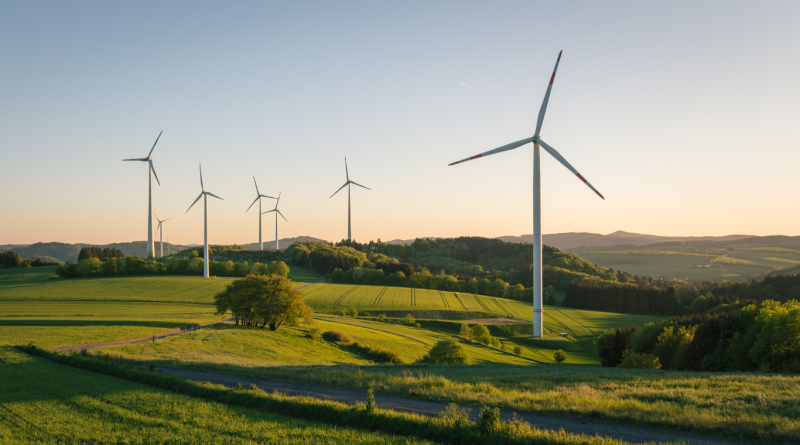Our 6 Top Energy Resources Powering the Renewable Future
Renewable resources are naturally replenishing energy sources that help reduce greenhouse gas emissions, curb climate change, and ensure long-term energy security. In 2024, over 40% of the world’s electricity came from renewable energy, reflecting a significant global shift toward sustainability. With falling technology costs and policy support, green energy is not just the future, it’s the present.
Let’s explore six of the most important renewable resources shaping a cleaner, greener energy landscape.
1. Solar Energy
Solar energy uses photovoltaic (PV) cells or concentrated solar systems to convert sunlight into electricity or heat. It’s the fastest-growing renewable energy source globally.
- Global impact: Over 1,500 TWh generated in 2024
- Cost decline: More than an 80% drop in solar panel prices over the past decade
Benefits include:
- Zero emissions during operation
- Versatile applications: residential, commercial, and utility-scale
- Low maintenance and long lifespan
Emerging technologies like perovskite solar cells and floating solar farms are poised to further expand capacity and efficiency.
2. Wind Energy
Wind energy transforms air movement into electricity using turbines, offering clean, scalable power with no direct emissions.
- Contribution: 8% of global electricity in 2024
- Deployment: Widely used in the US, UK, China, and Germany
Advantages:
- Rapid installation and modular design
- Suitable for both onshore and offshore projects
- Minimal land and water use
With taller turbines, AI diagnostics, and floating offshore platforms, wind energy continues to scale rapidly.
3. Hydropower
Hydropower uses the kinetic force of water to generate electricity. It’s the most mature renewable energy technology and delivers consistent output.
- Current share: 14% of global electricity generation
- Scale: Powers over 150 countries
Hydropower also:
- Provides grid stability and peak load support
- Supports irrigation and flood management
New low-impact hydro designs and fish-friendly infrastructure are making hydropower more sustainable than ever.
4. Geothermal Energy
Geothermal energy draws on heat stored beneath the Earth’s surface for electricity and heating, offering continuous, weather-independent output.
- Key markets: Iceland, Philippines, Kenya
- Potential: Enhanced Geothermal Systems (EGS) can expand access globally
Benefits:
- 24/7 power with low emissions
- Small land and water footprint
- Ideal for district heating, agriculture, and industrial use
Technological improvements in drilling and mapping are unlocking geothermal resources in regions once thought inaccessible.
5. Biomass Energy
Biomass energy uses organic materials like wood, crop residues, and waste to produce heat, electricity, or transportation fuel.
- Contribution: Roughly 6% of global renewable energy in 2024
- Flexibility: Can be stored and dispatched as needed
Sustainable biomass:
- Promotes circular economies through waste reuse
- Can be carbon-neutral when sourced responsibly
Innovations like anaerobic digestion and biochar systems are improving the efficiency and emissions profile of biomass energy.
6. Ocean Energy
Ocean energy captures power from tides, waves, and thermal gradients. Though emerging, it holds massive potential, particularly for coastal regions.
- Forms: Tidal power, wave energy, Ocean Thermal Energy Conversion (OTEC)
- Projections: Could provide 10% of Europe’s electricity by 2050
Key advantages:
- Predictable and consistent (especially tidal)
- Minimal visual impact
- High potential near island and coastal nations
Pilot projects in the UK, France, and Asia are advancing ocean energy from theory to implementation.
As the world moves away from fossil fuels, renewable resources are playing an increasingly central role in the global energy mix. Each of these six sources: solar, wind, hydro, geothermal, biomass, and ocean energy, brings unique strengths to the table. Together, they provide a roadmap for a cleaner, more resilient, and equitable energy future.
The shift to green energy requires collective effort: investment, innovation, and policy support. But the momentum is clear.
